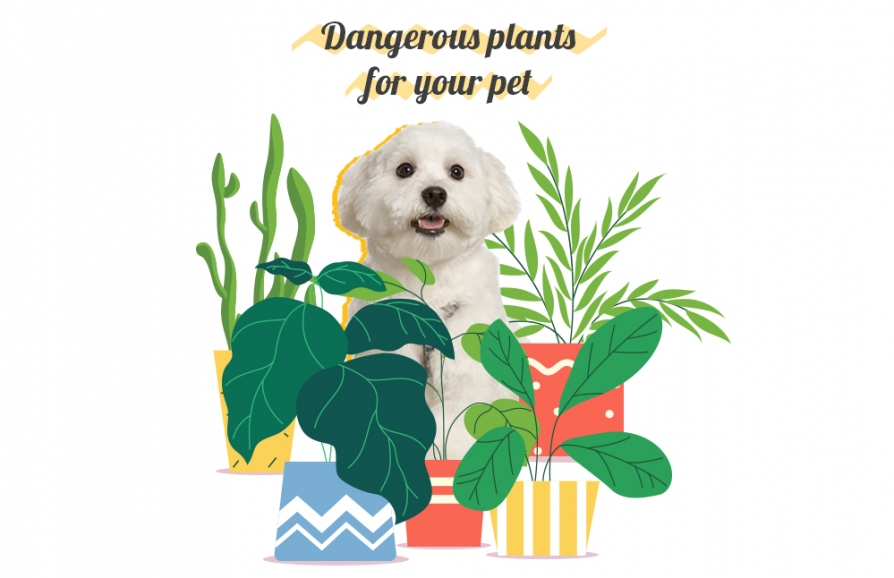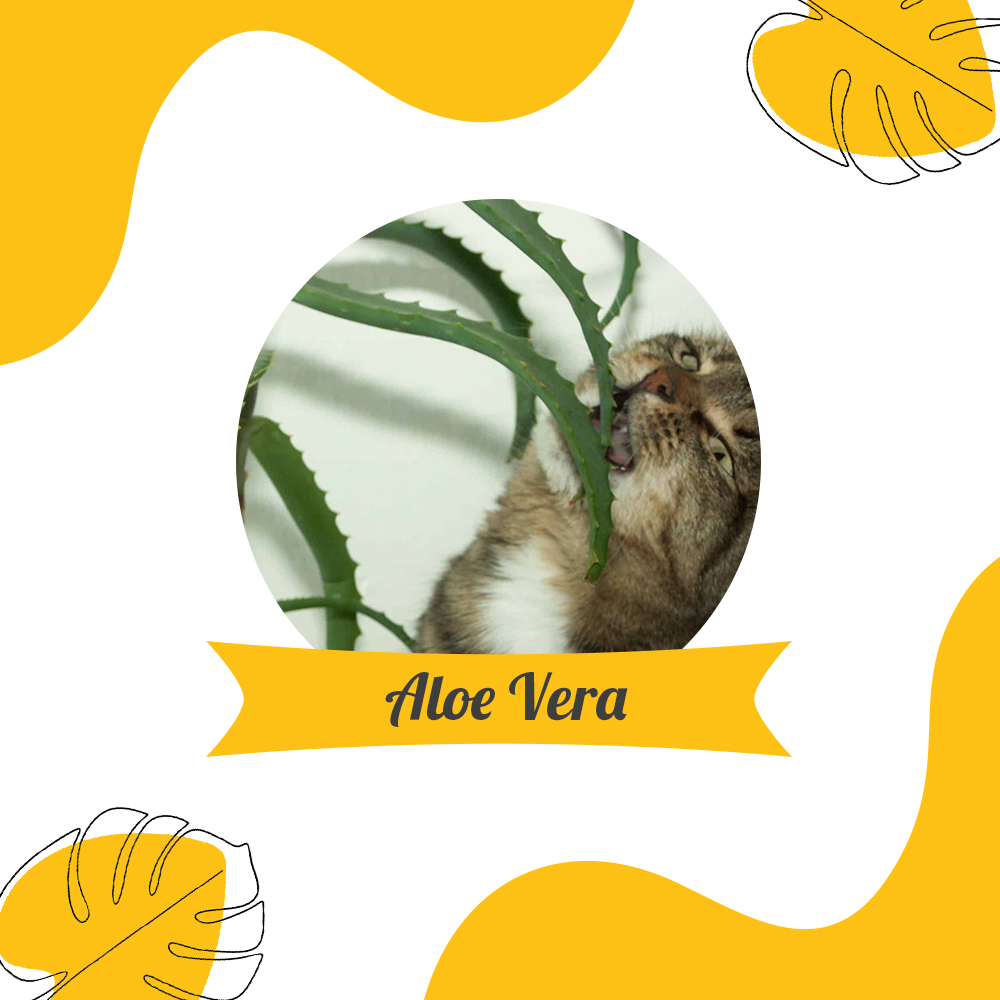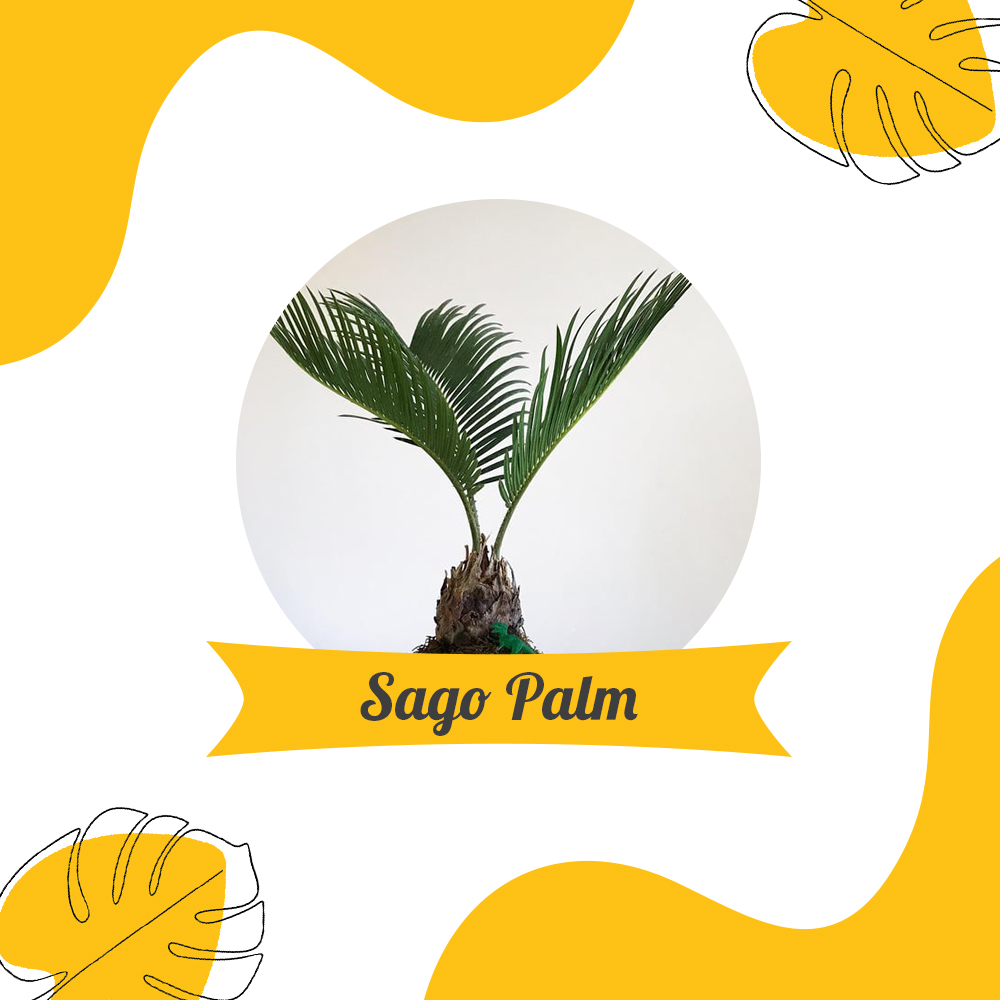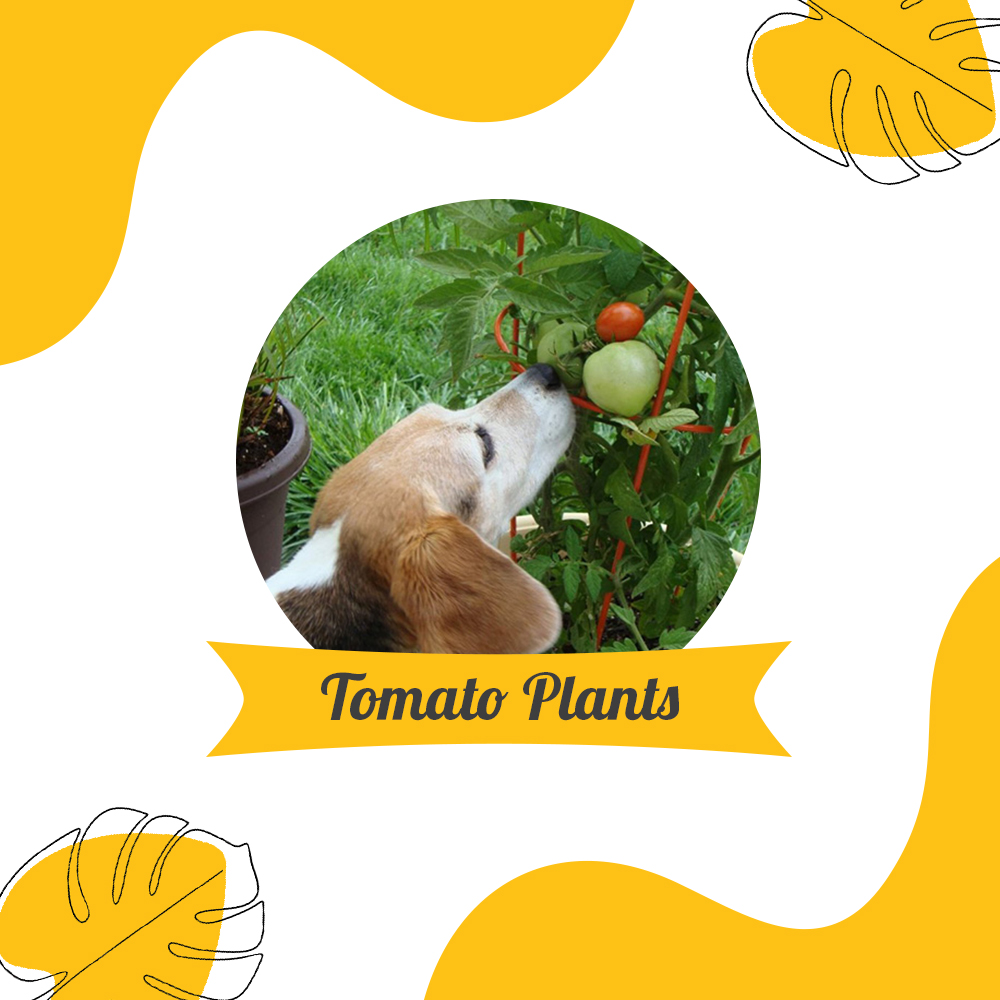Pets and Indoor Plants Part I: Plants that are poisonous for pets
- December 23rd 2020

Welcome to our two-part series on pets and indoor plants! Most of us are now decorating our homes with indoor plants because they make such wonderful home accessories. They add a splash of colour to the room, transform the space into haven that’s organic and breathable, and of course you fall more and more in love with them as they grow and blossom. But owning an indoor plant is slightly more complicated if you have a pet. So here’s the first thing to keep in mind if you’re planning to bring home a plant this winter: some of the common indoor plants can be poisonous for your pet.
How dangerous can an indoor plant be?
Pets are naturally fascinated with plants, so there’s no use pretending that your new indoor plant can sit in one corner of the house while your pet roams tamely in another room. Even plants on shelves don’t escape the attention of pets; we once knew a cat who climbed to the top of a bookcase so she could chew the leaves of a fern placed there. Dogs are less subtle in their approach; they’re happy to dig in the plant’s soil, swallow stones, and generally eat every leaf and root they can get their paws on. So if you have an indoor plant at home, it’s safe to say your pet will at some point pull/eat/chew/dig/pee on it. Which brings us to the question: how dangerous can an indoor plant be?
The short answer? Pretty dangerous. Some plants simply don’t agree with your pet, and they can cause sickness as mild as dizziness and as worrying as coma and death. Here’s what to look out for when you go to the garden nursery this season.
Aloe Vera

This succulent has famous healing properties and many people like to keep a small cutting at home so that they have fresh aloe vera on hand. But be careful – should your cat or dog have a nibble of it, this plant can induce vomiting, lethargy and diarrhoea. So if you do keep a cutting at home, keep it as far away from your pet as possible.
Sago Palm

You will have seen this beauty around in quite a few places; native to
the Far East, it’s now found all over the world, most commonly as a landscaping
plant. That’s right – sago palms are often what you see lining the driveways of
buildings and hotels. They’re relatively popular at home as well, as palms are
generally hardy creatures and add a powerful pop of movement to your space.
They are dangerous for your pet though. The seeds are especially toxic,
but all parts of the plant can make your pet sick. Common symptoms are
vomiting, jaundice and liver failure.
Philodendrons
.jpg?1608806870164)
These gorgeous plants have heart-shaped leaves with delicate cuttings in
them, making them look a bit like an art project. They’re common indoor plants
thanks to how distinctive they look, but the leaves are mildly poisonous for
your pets. Philodendrons contain calcium oxalate crystals that can react with
your pet’s tongue and mouth, causing gum irritations, swelling, and drooling.
Lilies
.jpg?1608806897039)
Lilies are often a favourite flower in houses thanks to how fragrant and
delicate they are. These flowers are highly poisonous for cats though; they are
less toxic for dogs but are still dangerous. They cause vomiting, loss of
appetite, kidney damage and failure, as well as multiple organ failure. It’s
best to keep your house as lily-free as possible if you have a cat at home –
better safe than sorry.
Chinese evergreens
.jpg?1608806926736)
These plants are often favourite indoor plants due to their distinctive
colouring: they’re light green with flecks of dark green scattered throughout.
They also grow well in low lighting, which makes them relatively non-fussy
plants to nurture. But they are toxic to both cats and dogs, although the level
of toxicity can be mild. If your cat or dog has a bite of this plant, expect
swelling, pain in their mouth and tongue, drooling and difficulty in swallowing.
Tomato plants

Kitchen gardens are all the rage right now, and there’s nothing more
satisfying than having fresh fruits and vegetables to pluck from your balcony
garden. Tomato plants are especially satisfying to grow because they don’t need
much maintenance: a bit of water and they grow excellently all by themselves.
But tomato plants have a high quantity of solanine, which is harmful for your
dog. The leaves and stems of the plant contain more solanine than the fruit:
this is why you can feed your dog small quantities of tomatoes, but your pet
will be ill if they chew on the tomato leaves and stem. Effects include
seizures, loss of coordination, stomach aches, cardiac effects and muscle
weakness.
We know this list sounds dire, but don’t worry – having a pet doesn’t mean you can’t have plants at home. Plenty of pet parents have struck just the right balance between safe plants and where they place them, as well as training their pet to not interact with the plant. We’ll talk a bit more about this in “Part II: Your General Guide”. As far as possible though, avoid the plants on this list to keep your pets as safe and healthy as possible. And accept the odd plant-based tragedy – soil on the floor, a chewed-up fern and a guilty-looking pet.
Comments
No posts found
